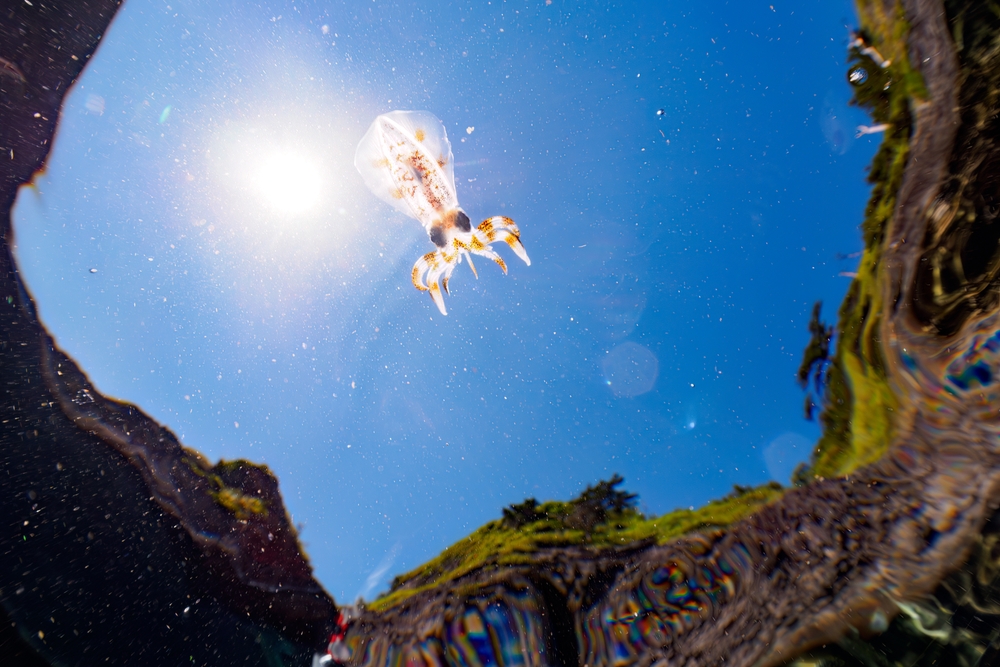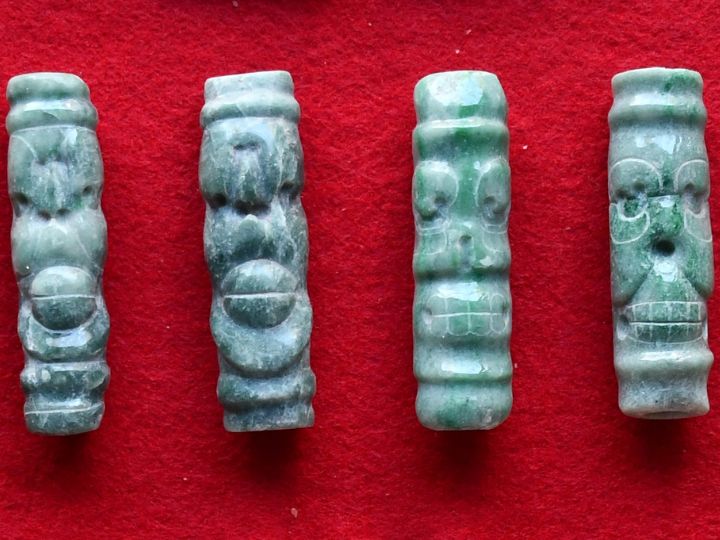The Structure of Ice in Space Is Neither Order nor Chaos—It’s Both



The Tactical Surveillance, Reconnaissance and Tracking (TacSRT) program was left out of the 2026 defense budget
The post Congress to push Pentagon to fund commercial satellite intelligence program appeared first on SpaceNews.



Committee directs Air Force to study heavy-lift launch capacity, LOX-methane safety protocols
The post Senate Armed Services’ defense bill includes mandates on space launch, missile defense, spectrum protection appeared first on SpaceNews.

Firefly Aerospace has filed paperwork to go public, seeking to raise an unspecified amount of money as part of a trend of space companies taking traditional approaches to public markets.
The post Firefly Aerospace files to go public appeared first on SpaceNews.




Varda Space Industries, a company developing spacecraft for microgravity life sciences and hypersonics research, has raised $187 million to expand the scope and cadence of its missions.
The post Varda Space Industries raises $187 million appeared first on SpaceNews.





Fashion designer Iris van Herpen has unveiled a bioluminescent dress that features 125 million living algae. The garment involved Herpen collaborating with designer Chris Bellamy as well as biophysicists Nico Schramma and Mazi Jalaal from the University of Amsterdam.

Bioluminescence is the production of light by a living organism, caused by a chemical reaction such as the molecule luciferin reacting with oxygen to release light.
The bioluminescent dress is composed of a gel material that incorporates millions of single celled bioluminescent algae of the species Pyrocystis lunula, named after their moon-like shape.
In the wild, the bioluminescent algae emit light as a defence mechanism. The flash serves as a warning signal that attracts secondary predators, which hunt the main predator of the cells.
In 2019, Jalaal, Schramma and colleagues began to study how the cells respond to mechanical stresses. By combining microscopy and mechanical tests, they were able to measure the light-emission of the cells and how it depended on deformation, which led to a mathematical model that described the light-production mechanism (Phys. Rev. Lett. 125 028102).
The researchers then worked with Chenghai Li and Shengqiang Cai at the University of California San Diego and bioluminescence researcher Michael Latz from the Scripps Institution of Oceanography in San Diego.
They incorporated the cells in a gel matrix to create a flexible yet resistant substance that emits light upon deformation and movement while at the same time keeping the cells alive.
Bellamy and van Herpen developed and refined the bioluminescent material and incorporated it into a spectacular “living” garment, which on Monday was part of van Herpen’s new fashion collection – Sympoiesis – that was unveiled at Paris Haute Couture Week.
The post Physics meets fashion as bioluminescent dress debuts at Paris Haute Couture Week appeared first on Physics World.

There was a time when looking up at the night sky stirred a visceral sense of wonder. The moon landing, the Shuttle launches, the Voyager missions — these were moments that gripped the public imagination and filled people with a sense of shared destiny beyond Earth. But somewhere along the way, something shifted. Despite unprecedented […]
The post We’ve lost our ability to be awed by space appeared first on SpaceNews.

A Chinese Shiyan satellite appears in a low-inclination orbit never before used by the country, after a week-long detection delay and uncertainty over its mission.
The post Experimental Chinese satellite turns up in unexpected orbit appeared first on SpaceNews.

NASA officials say there is a “strong chance” that the next test flight of Boeing’s CST-100 Starliner commercial crew vehicle will be uncrewed.
The post NASA considering flying only cargo on next Starliner mission appeared first on SpaceNews.